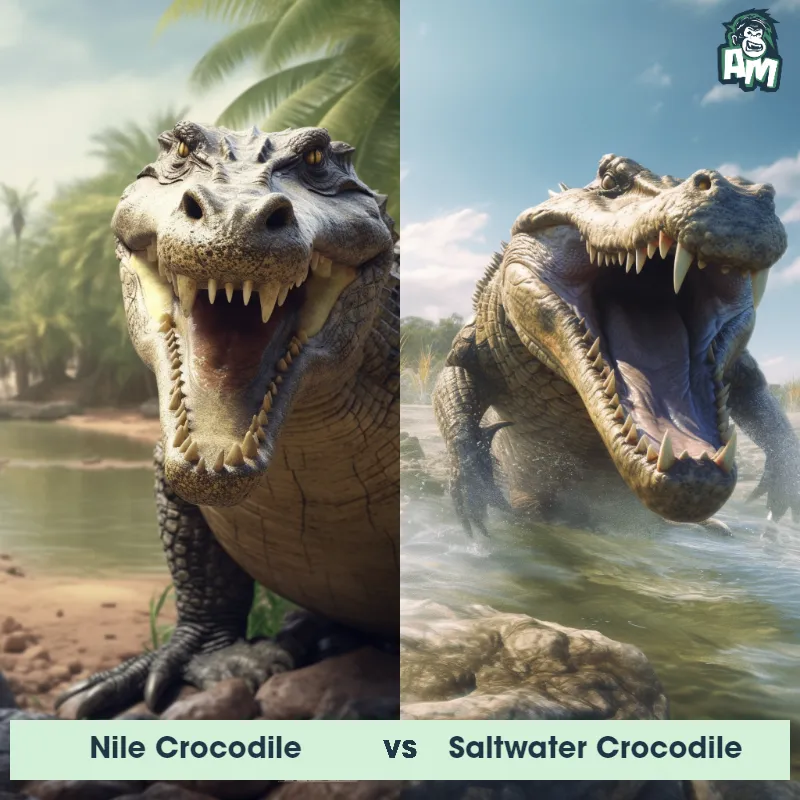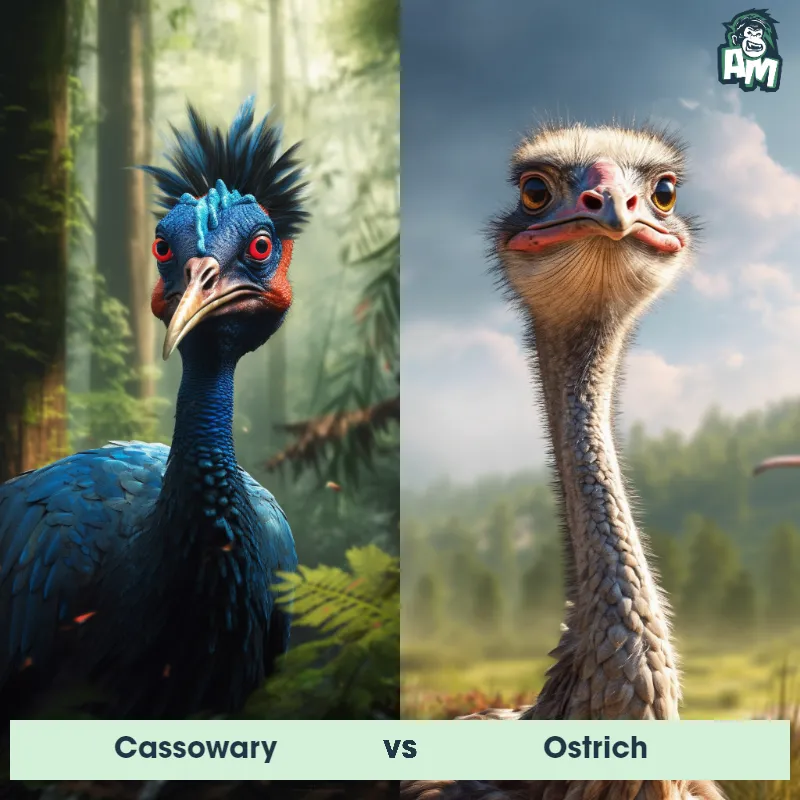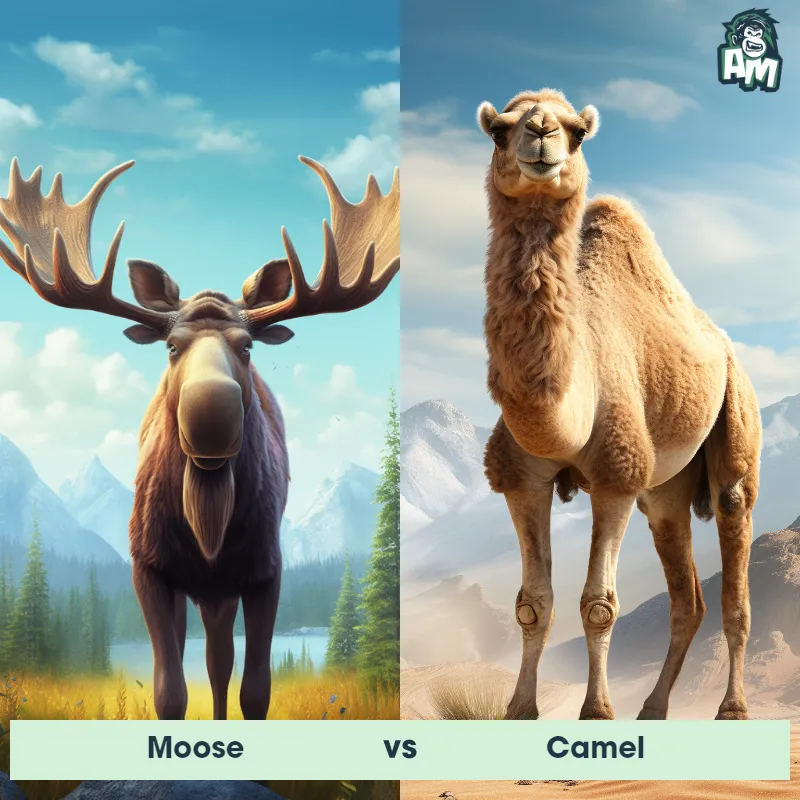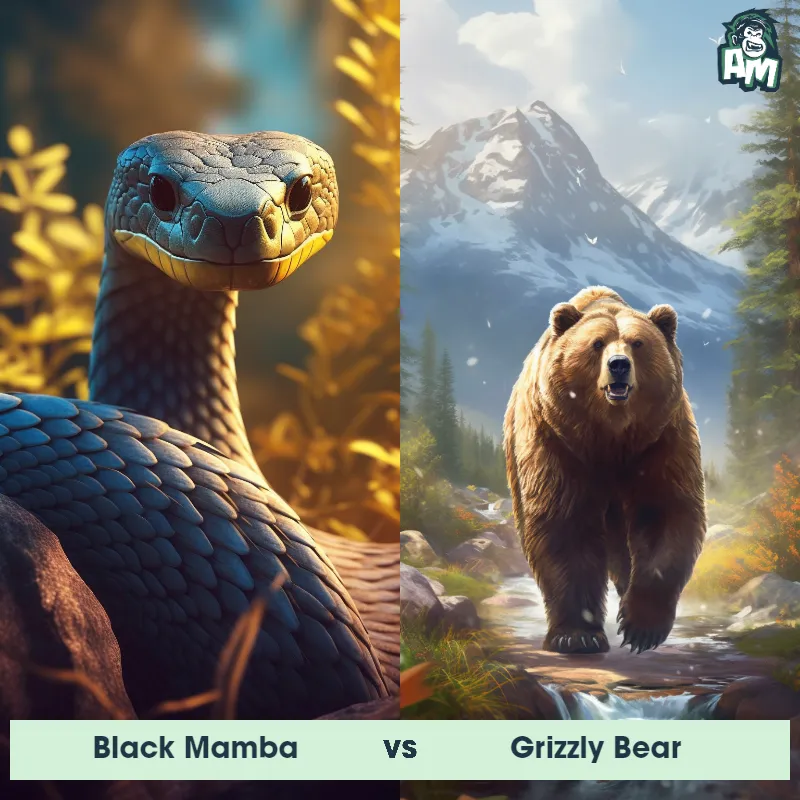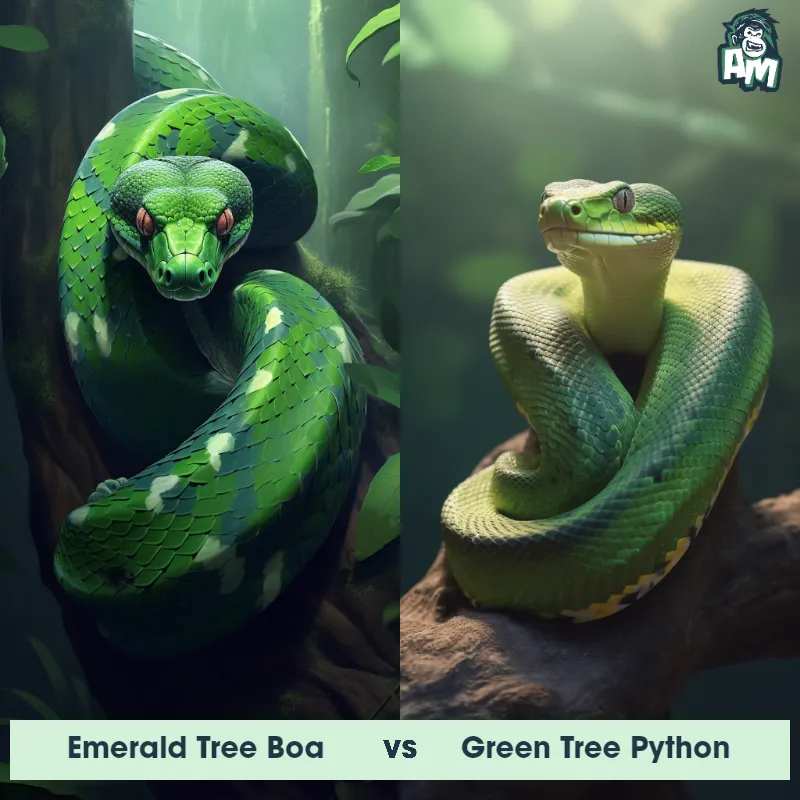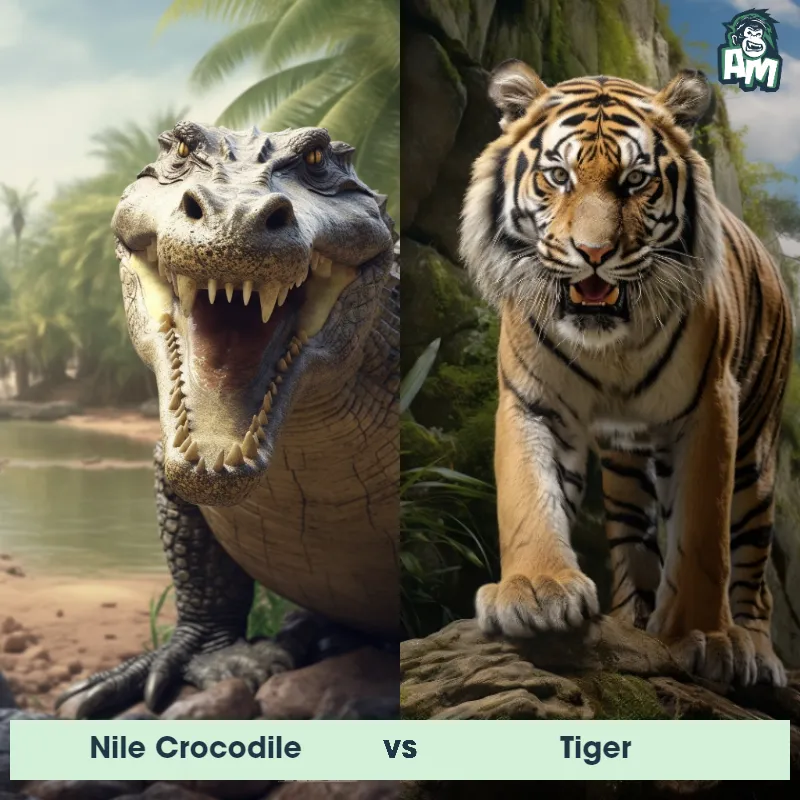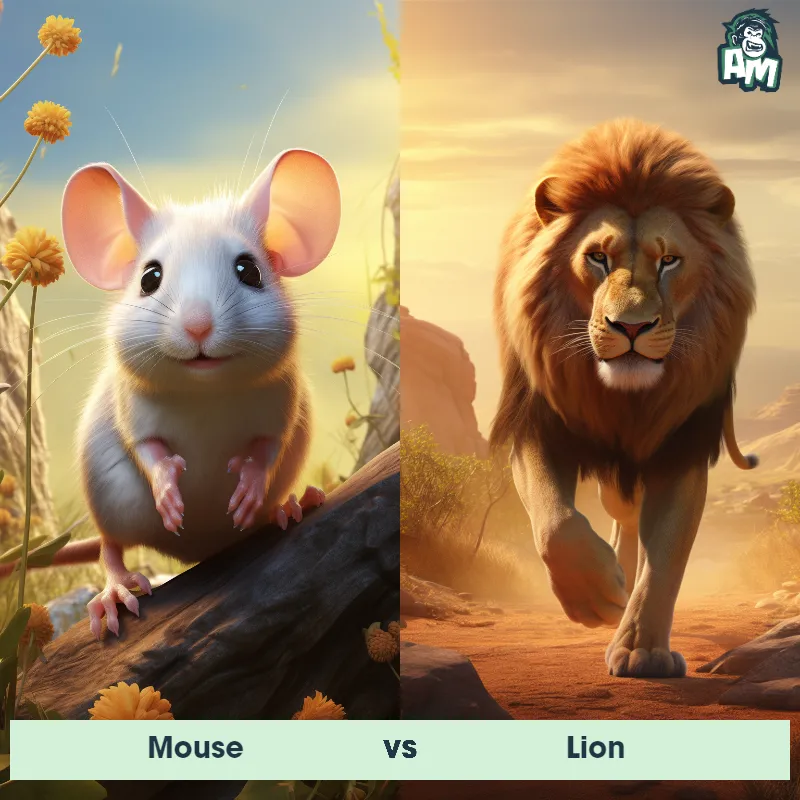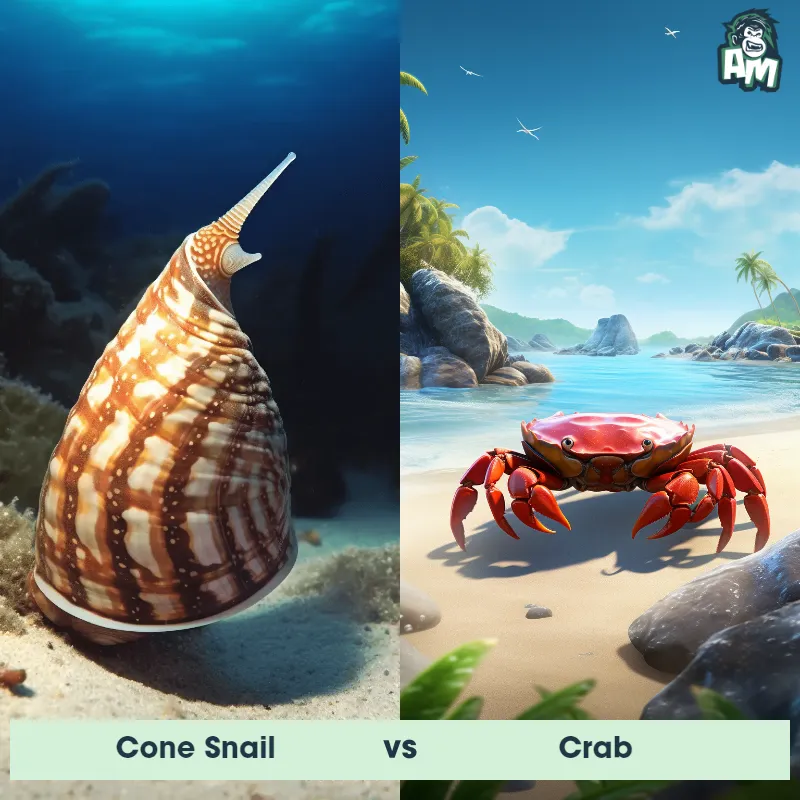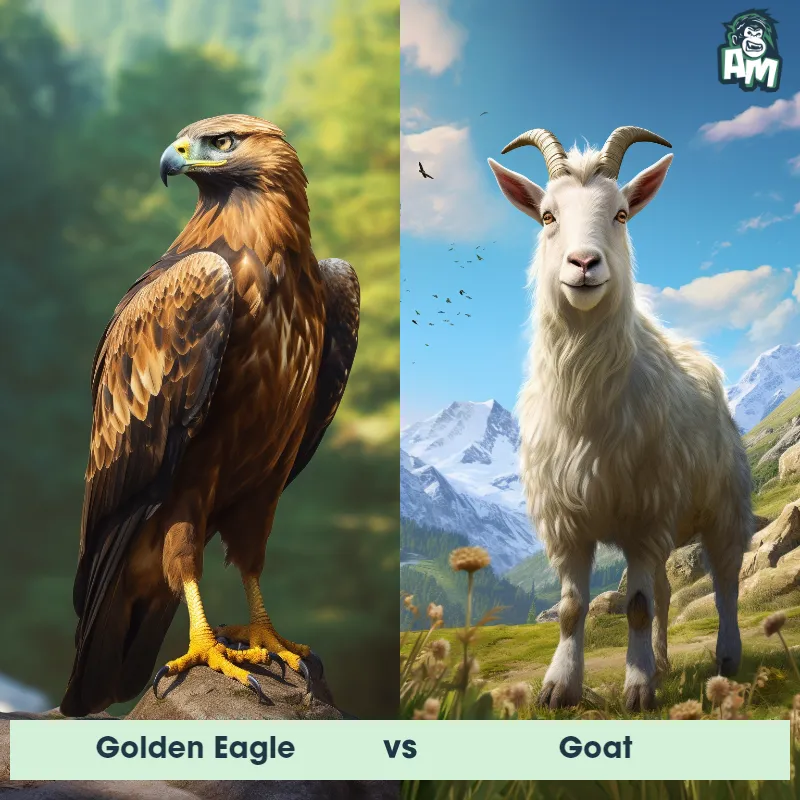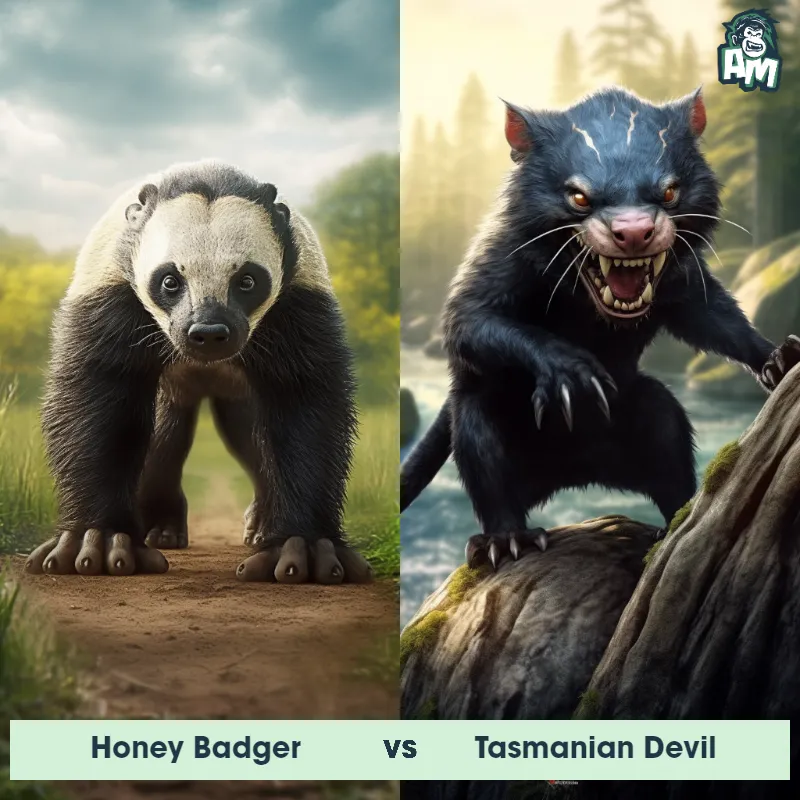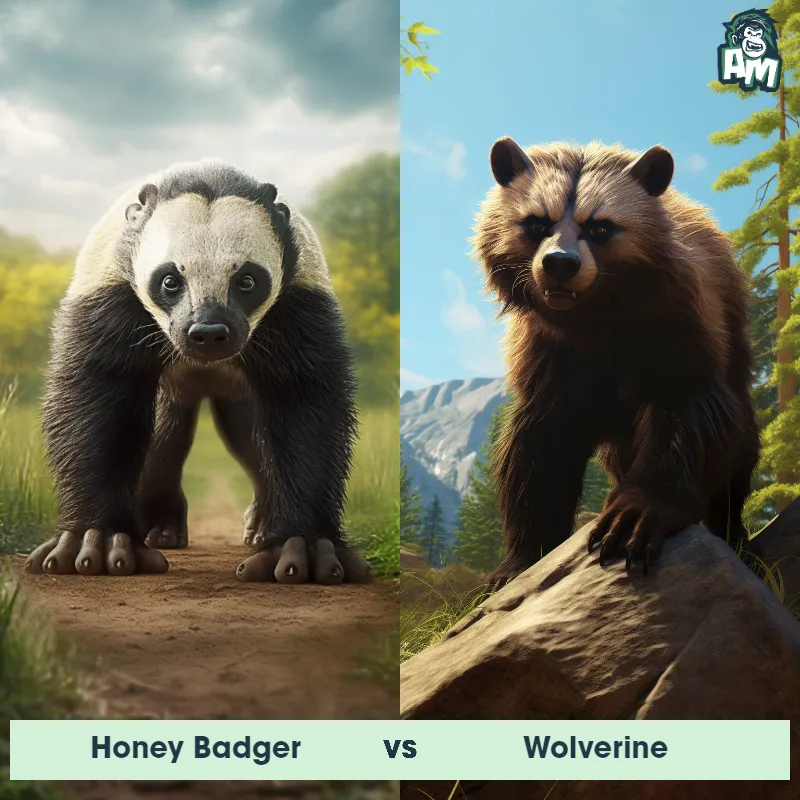Wolverine vs African LionSee Who Wins

Welcome, ladies and gentlemen, to this thrilling matchup between two of the most formidable creatures in the animal kingdom. In the left corner, we have the ferocious Wolverine, known for its sharp claws and relentless attacks. And in the right corner, the king of the jungle, the African Lion, with its powerful jaws and sheer strength. Get ready, folks, because this is going to be one wild showdown!
Contender 1: Wolverine
The Wolverine, also known as the Gulo gulo, is a stocky and muscular mammal that belongs to the weasel family. They have a thick, dark brown fur that helps them survive in cold environments. Wolverines have sharp claws and powerful jaws that allow them to hunt and scavenge for food. They are known for their ferocity and tenacity, and are able to take down prey much larger than themselves.
Fun Fact: Wolverines have a reputation for being tough and fearless, and are known to attack animals much larger than themselves, such as moose and caribou.
Contender 2: African Lion
The African Lion, also known as Panthera leo, is a large carnivorous mammal that is native to Africa. They are the second-largest living cat species, with males weighing up to 550 pounds and females weighing up to 400 pounds. African Lions have a distinctive mane of hair around their necks, which is more prominent in males. They are social animals that live in prides, which consist of several females, their cubs, and a few males. African Lions are apex predators and are known for their strength, speed, and hunting abilities.
Fun Fact: African Lions are the only cats that have manes, and the color and size of their manes can indicate their age and health.
Matchup Stats
| Wolverine | African Lion | |
|---|---|---|
| Size | 26-34 inches (66-86 cm) in length | Up to 4 feet (1.2 meters) at the shoulder |
| Weight | 22-55 pounds (10-25 kg) | Up to 550 pounds (250 kilograms) |
| Speed | Speed: 30 mph (48.28 km/hr) | Speed: 50 mph (80.47 km/hr) |
| Key Strength | Powerful jaws and sharp claws | Powerful jaws and sharp claws |
| Biggest Weakness | Short legs and slow movement | Vulnerable to attacks on the back and sides |
Current Votes
Wolverine vs African Lion
See Who Wins
View More Matches
Looking For More?
Similar Matches
Scientific Stats
| Wolverine | African Lion | |
|---|---|---|
| Scientific Name | Gulo gulo | Panthera leo |
| Family | Mustelidae | Felidae |
| Habitat | Forests, tundra, and alpine meadows | Grasslands, savannas, and open woodlands |
| Geography | North America, Europe, and Asia | Africa |
| Diet | Carnivorous, feeding on small mammals, birds, fish, and carrion | Carnivorous, primarily hunting large ungulates such as zebras and wildebeest |
| Lifespan | 5 years - 13 years | 10 years - 14 years |
Key Differences between Wolverine and African Lion
- Habitat: Wolverines are adapted to survive in cold, arctic regions and are found primarily in boreal forests, while African Lions inhabit savannas and grasslands across sub-Saharan Africa, which have a warmer climate and seasonal variations.
- Tail: Wolverines have a bushy and thick tail, often with a distinct black tip, which they use for balance and signaling, whereas African Lions have a long and tufted tail that also aids in balance and communication within their social group.
- Claws: Wolverines have powerful and semi-retractable claws, which they use for digging and climbing, while African Lions have sharp retractable claws that they use for climbing and grasping prey during hunts.
- Coloration: Wolverines have a dark brown coat with a lighter-colored face and a distinct pale stripe running from the shoulders to the base of the tail, whereas African Lions have a tan or sandy coat with a lighter underbelly and sometimes exhibit a slight variation in mane color between individuals.
- Size: The African Lion is significantly larger than the Wolverine, with adult males weighing between 330 and 500 pounds and measuring up to 10 feet in length, while Wolverines are smaller, weighing about 30 to 60 pounds and measuring around 3 feet in length.
- Body shape: Wolverines have a stocky and solid body build with short legs and rounded ears, while African Lions have a more slender and elongated body shape, longer legs, and more pointed ears.



